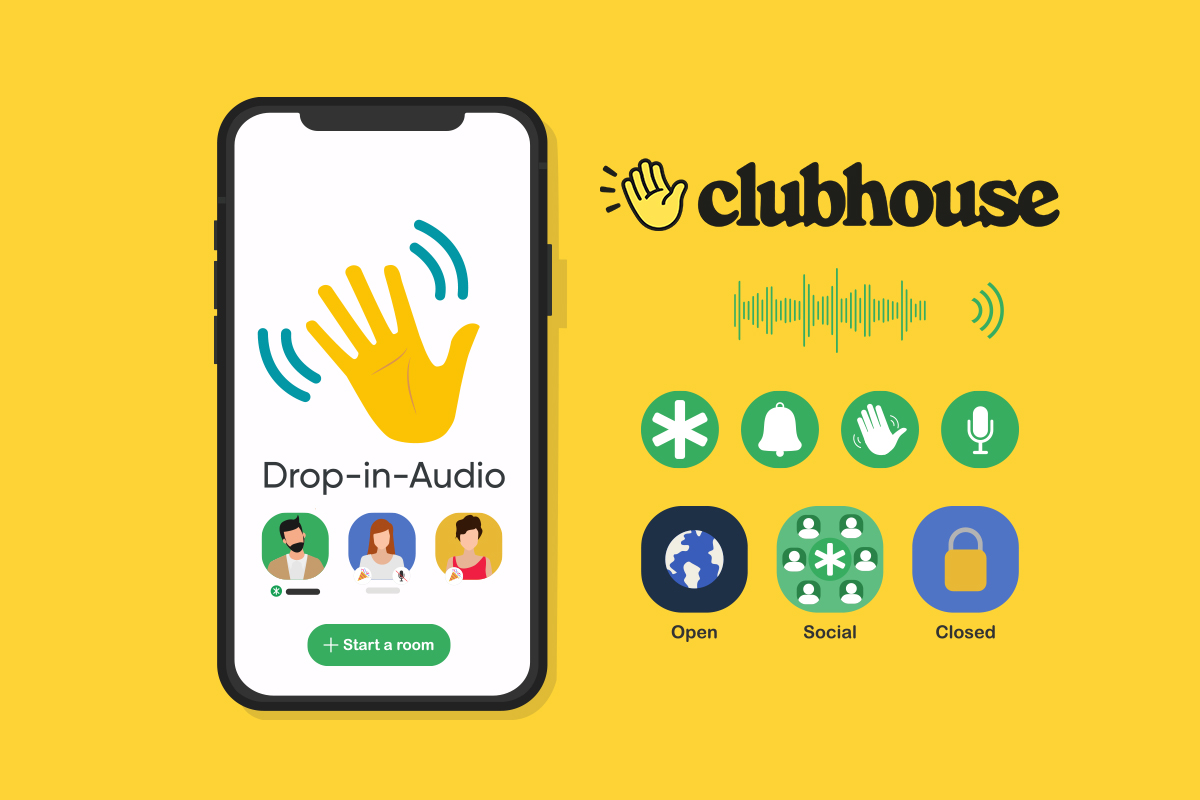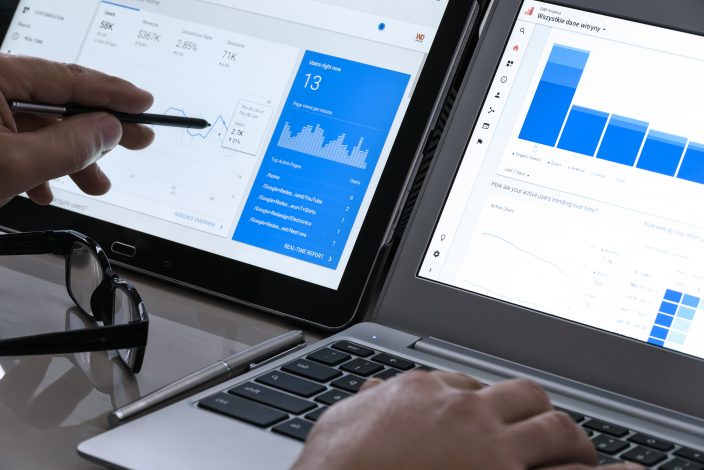Unraveling the Impact of Social Media on Students

In today’s digital age, social media has become an integral part of our daily lives, influencing various aspects of our behavior and interactions. This phenomenon has not spared the educational sector, where the effects of social media on students have become a topic of growing interest and concern. The integration of platforms like Facebook, Twitter, Instagram, TikTok and Snapchat into the lives of students has prompted academics and educators to scrutinize their impacts on learning, studying habits, and overall academic performance.
In this context, many students find themselves navigating the complex landscape of digital distractions while trying to maintain their academic responsibilities. The need for custom term papers becomes evident as scholars aim to understand the multifaceted relationship between social media usage and student productivity. This article aims to unravel these dynamics, offering insights into how social media can shape the educational experiences of students across the globe.
The Prevalence of Social Media Among Students
A recent survey by the EdTech magazine found that a staggering 92% of college students use social media for educational purposes. Facebook remains the most popular platform at 84%, followed by YouTube (81%), Instagram (57%), and Twitter (36%). This data highlights the integral role social media plays in the modern student’s life.
Another study by Pearson Education revealed that 59% of students agreed that social media distracted them while studying. However, the same study found that 66% of students felt more motivated and engaged when using social media for academic collaboration.







